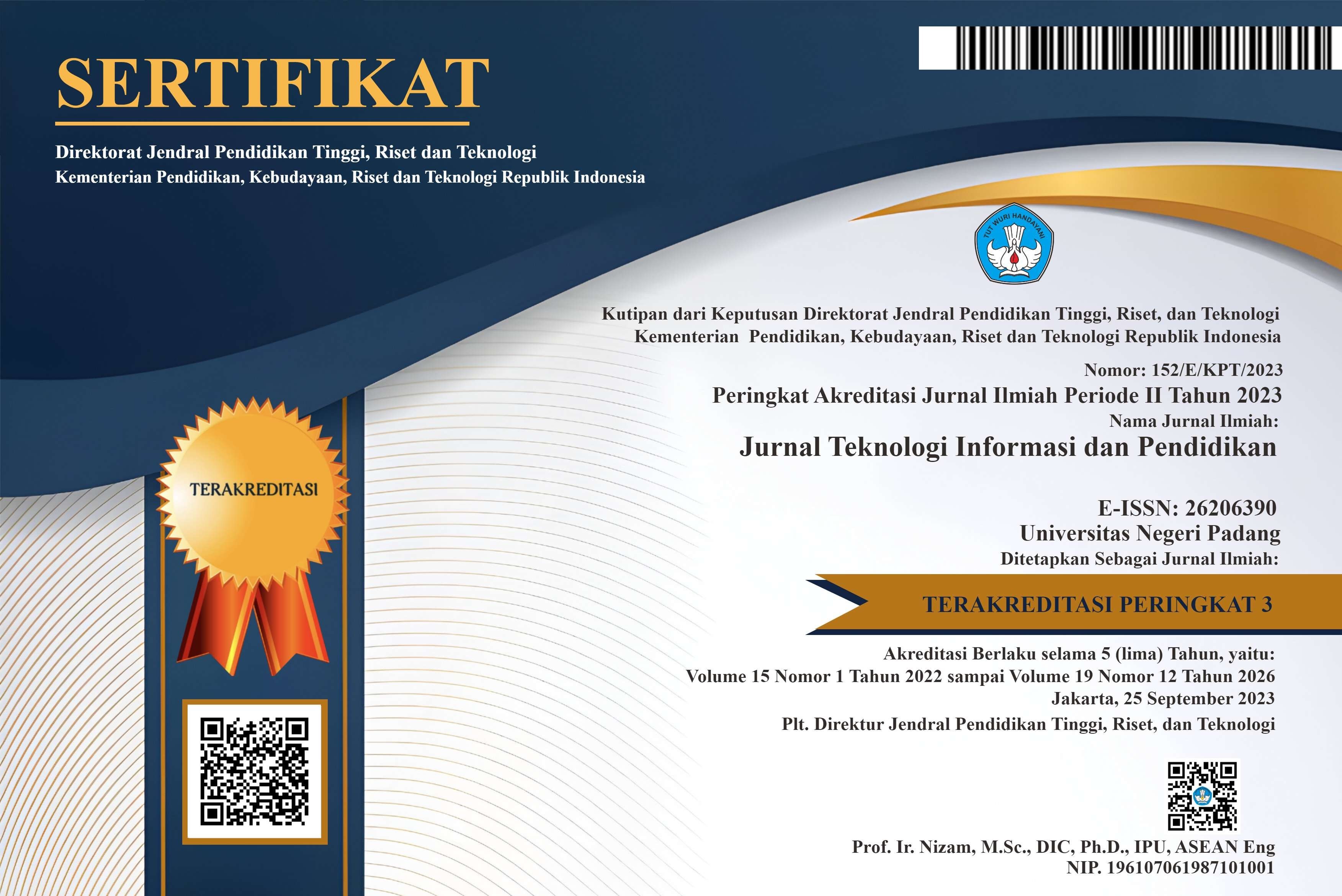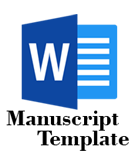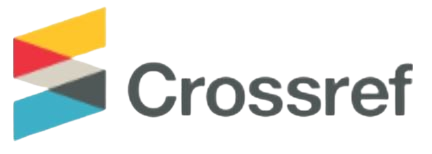Phenomenological Study of the Implementation of Digitalization in the Management of Medical Hazardous Waste
Abstract
This study aims to describe the process of implementing digitalization in the management of hazardous medical waste (B3 waste) at RSIA Siti Hawa Padang. The sub-focus of this research includes providing an overview of the application of Festronik, a description of the Festronik usage process, an overview of the benefits of using Festronik, and an overview of the management of hazardous medical waste and its environmental impact. The research method employed is qualitative, exploring the phenomenon in-depth. Data were obtained through interviews with 10 informants, comprising 2 primary informants and 8 key informants from RSIA Siti Hawa Padang. Sample selection was carried out using purposive sampling to ensure a comprehensive understanding. Data analysis in this study used Collaizi's nine-step data interpretation method (1978). The findings of this research reveal a comprehensive understanding of the general implementation of digitalization through Festronik at RSIA Siti Hawa Padang. The application of Festronik enhances the effectiveness of hazardous medical waste management, improves hospital accreditation assessments, and effective hazardous medical waste management has a positive impact on the hospital's environmental health.
References
N. Asaniyah, “Pelestarian Informasi Koleksi Langka: Digitalisasi, Restorasi, Fumigasi,” Bul. Perpust. Univ. Islam Indones., pp. 85–94, 2017.
J. S. Brennen and D. Kreiss, “Digitalization,” he Int. Encycl. Commun. theory Philos., pp. 1–11, 2016.
S. Hadi, “Krisis Pengelolaan Limbah Medis,” 2021. http://www.ombudsman.go.id (accessed Mar. 10, 2023).
A. Ikhsan, “Kasus Limbah Medis Covid-19 dari Tangerang di Buang Bos Laundry jadi DPO,” 2021. http://www.regional.kompas.com (accessed Mar. 10, 2023).
M. Kadafi, “Kasus Limbah Medis di Gianyar. Pelaku bisa di Sanksi Administrasi dan Pidana,” 2021. http://www.merdeka.com (accessed Mar. 10, 2023).
Firdaus, “Ada Rumah Sakit Buang Limbah B3 Medis Sembarangan Pemko Bentuk Tim,” 2020. http://www.pekanbaru.go.id.
E. Spiegelberg, The phenomenological movement: A historical introduction, 5th ed. Springer Science & Business Media, 2012.
H. S. Speziale, H. J. Streubert, and D. R. Carpenter, Qualitative research in nursing: Advancing the humanistic imperative. Lippincott Williams & Wilkins, 2011.
Speziale and Carpenter, Qualitative Research in Nursing. Philadelphia: Williams & Wilkins, 2003.
A. Muliawati, “Evaluasi Penerapan Sistem Festronik Pada Pengangkutan Limbah Bahan Berbahaya Dan Beracun (B3) Di PT. Mitra Garuda Palapa,” Universitas Bakrie, 2023.
K. Khaliluddin, R. Sidi, and Y. M. Saragih, “Analisis Yuridis Terhadap Tanggungjawab Hukum Pelaporan Limbah Bahan Berbahaya Dan Beracun (B3) Oleh Rumah Sakit Melalui Aplikasi Festronik (Rumah Sakit Umum Daerah langsa),” J. Ners, vol. 7, no. 1, pp. 385–392, 2023.
M. Susanty, E. Setiawan, A. Irawan, and R. Fermana, “Pendampingan Implementasi Teknologi untuk Usaha Pengangkutan Limbah Bahan Berbahaya Beracun PT. Bina Enviro Nusa,” J. Terap. Abdimas, vol. 7, no. 2, pp. 163–170, 2022.
H. L. Blum, Planning for Health, Development and Aplication of Theory, Social Changes. New York: Human Sciences Press, 1974.
A. M. Asrun, L. A. Sihombing, and Y. Nuraeni, “Dampak pengelolaan sampah medis dihubungkan dengan undang-undang no 36 tahun 2009 tentang kesehatan dan undang-undang no. 32 tahun 2009 tentang perlindungan dan pengelolaan lingkungan hidup,” PAJOUL (Pakuan Justice J. Law), vol. 1, no. 1, pp. 33–46, 2020.
A. H. Putri, “Efektivitas pengelolaan limbah medis rumah sakit terhadap dampak lingkungan hidup,” Krtha Bhayangkara, vol. 12, no. 1, 2018.
N. Halimah and A. Budhiartie, “Kebijakan Rumah Sakit dalam Sistem Pengelolaan Kesehatan Lingkungan: Rumah Sakit, Kesehatan Lingkungan, Limbah, Kebijakan,” Mendapo J. Adm. Law, vol. 1, no. 1, pp. 22–36, 2020.
D. Novaliendry, A. Huda, M. R. Cuhanazriansyah, H. K. Sani, H. Hendra, & J. Karnando. (2021). E-Learning Based Web Programming Course in the COVID 19 Pandemic Time. International Journal of Interactive Mobile Technologies (iJIM), 15(20), pp. 117–130. https://doi.org/10.3991/ijim.v15i20.23749.
N. Astin and N. A. W. Ceraka, “Design of Digital Squeeze Frame Console for Public Service Advertisement”, JTIP, vol. 15, no. 1, pp. 11-20, Apr. 2022.
D. Novaliendry, M. Farooq, K. Sivakumar, P. K. Parida, & B. Y. Supriya. (2024). Medical Internet-of-Things Based Breast Cancer Diagnosis Using Hyper Parameter-Optimized Neural Networks. International Journal of Intelligent Systems and Applications in Engineering, 12(10s), 65–71. Retrieved from https://ijisae.org/index.php/IJISAE/article/view/4350.
G. Ganefri, F. Prasetya, F. Ranuharja, B. Fajri, and A. Samala, “Development of Digital Multimedia Learning Content Mini Server Lentera”, JTIP, vol. 13, no. 2, pp. 75-79, Jan. 2021.
Copyright (c) 2024 Jurnal Teknologi Informasi dan Pendidikan

This work is licensed under a Creative Commons Attribution-ShareAlike 4.0 International License.















.png)














